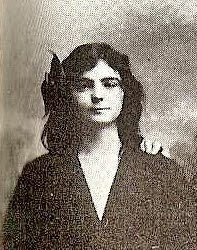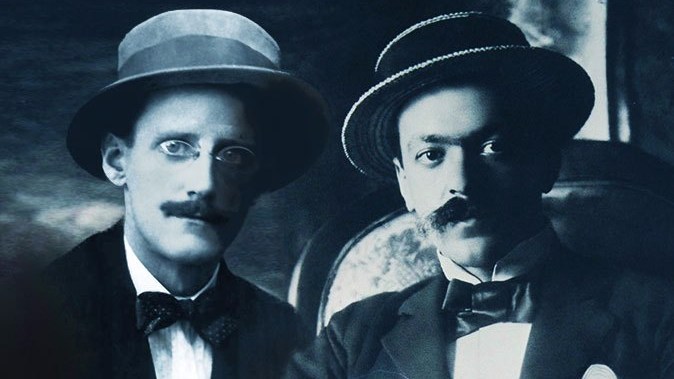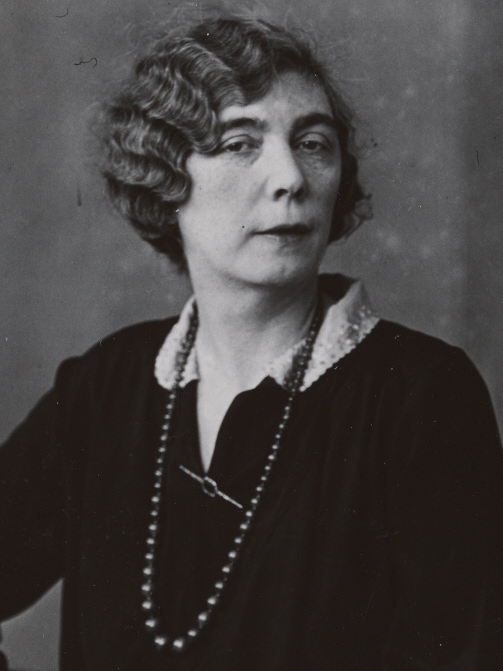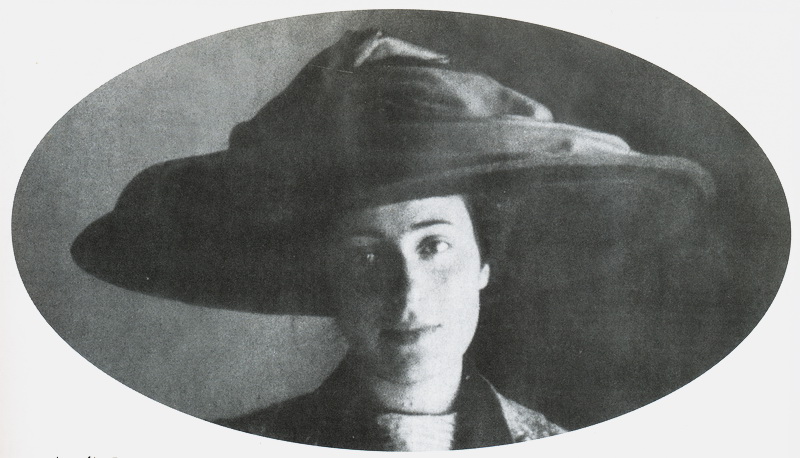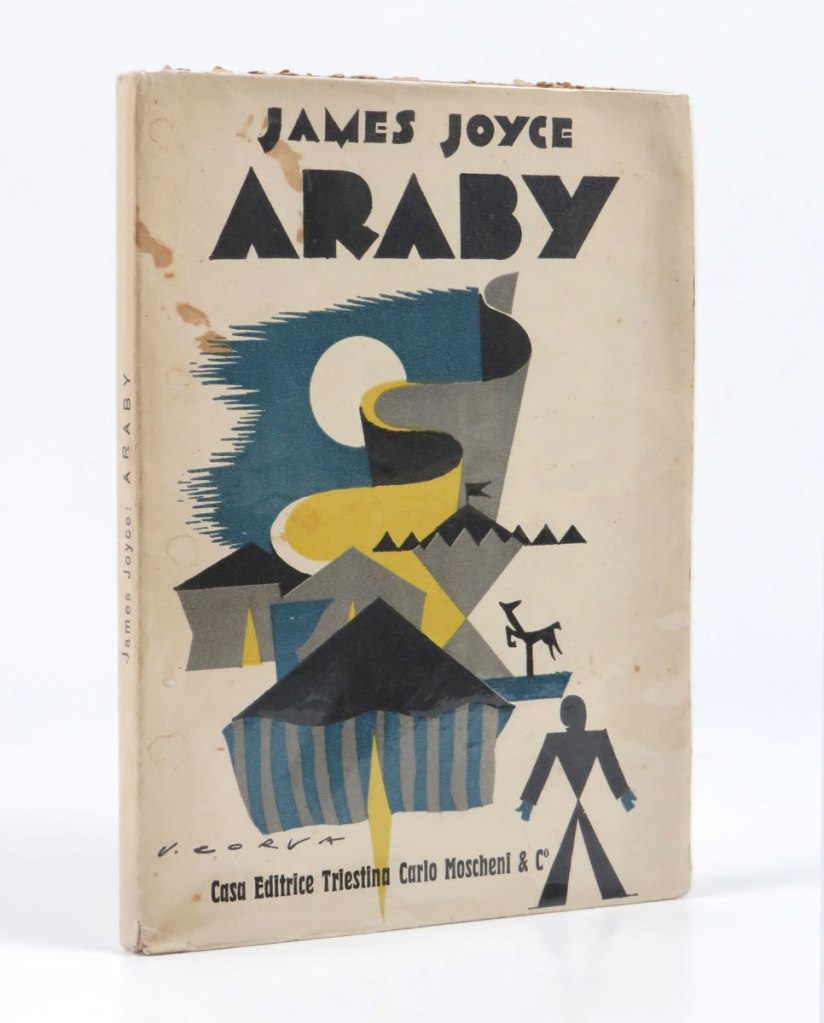Joyceans remember Joyce’s birthday on February 2, and the world celebrates Bloomsday on June 16. But despite her role as partner, wife and muse to Joyce, Nora Barnacle’s milestones rarely get a mention, even though she served as a model for some of Joyce’s most memorable creations – Molly Bloom in Ulysses, Bertha Rowan in Exiles and Gretta Conroy in “The Dead”. March is Nora’s month. She was born 140 years ago on March 21, 1884, in the maternity ward of the Galway Workhouse.
Even though my recently published novel, Penelope Unbound, is a counterfactual narrative, I document Nora’s early years faithfully in the opening chapters of the book. It is only after the eloping couple arrive in Trieste in 1904, that I depart from the known truths.
At that stage, I step in and play Goddess, separating the lovers and forcing them to live their lives apart. In the novel, Nora stays in Trieste, works as a domestic servant and finds a new relationship. Joyce moves on to Fiume where he teaches English at a naval academy. He returns to Trieste in 1907, but by that time, Nora has migrated back to Dublin and has become the owner of Finn’s Hotel. Joyce marries Amalia Popper, one of his English language students, abandons his writing and becomes an opera singer.
As a result of these altered circumstances, the world around Nora and Joyce also changes. In this new reality, Ulysses is never written and Dubliners remains unpublished.
Even so, the guiding Joycean literary influence in Penelope Unbound are the stories in Dubliners.
Perhaps the most famous story from the collection is “The Dead” described by the New York Times on its centennial publication as “maybe the finest story in the English language”.
If there was ever proof needed how much of Nora’s life found its way into Joyce’s work, then it’s here.
The story depicts a married couple, Gabriel and Gretta Conroy, who are attending a party to mark the Epiphany (January 6, 1904) at the house of Gabriel’s aunts in a large house on Usher’s Island in Dublin. Gabriel is nervous about a speech he has to give later in the night – he’s afraid the guests will find his literary references ridiculous and pretentious. After the meal and the speech, there is music and in the story’s pivotal scene, a tenor sings “The Lass of Aughrim”. Gretta becomes transfixed by the song. Sensing her preoccupation, Gabriel enquires what is wrong and in an “outburst of tears” she tells him why the song has affected her so much.
When she was a young girl in Galway, she was romantically linked to a young man called Michael Furey. When he heard that she was leaving the city, he had stood in the pouring rain outside her window and had sung to her. She rushed downstairs to him and urged him to go home or he would get his death. “But he said he did not want to live.” At the time, he was already ill, and some time afterwards, he succumbed to his illness. “I think he died for me,” Gretta says.
The admission of his wife’s secret grief, about which he knew nothing, and the intensity of her feelings, both chills and haunts Gabriel. “He had never felt that himself towards any woman, but he knew such a feeling must be love.”
The story of Michael Furey chimes almost exactly with Nora Barnacle’s youthful biography.
Michael “Sonny” Bodkin, from Prospect Hill in the city, was Nora’s teenage sweetheart. She was 15 and Sonny was 18 and a student in University College Galway, when they met. According to Nora’s Galway biographer, Padraic O Laoi, she was very impressed by his “gentility and manliness” and became very attached to him..
The opportunities for courtship for teenagers were then very limited, according to O Laoi, so Nora would visit the Bodkin sweetshop at Prospect Hill and there “throw eyes” at Sonny as they “chatted and joked and passed small pleasantries”. But after only a year, Sonny was stricken with TB. He was sent to the County Infirmary but his medical treatment was not successful and he died there on February 11, 1900. He was buried in Rahoon Cemetery two miles north west of the city.
Sonny was not the only bereavement Nora had suffered. Her first crush, aged 13, was on another Michael – Michael Feeney, a neighbour boy she’d grown up with, who was a few years older. At 16, Feeney contracted typhus, developed pneumonia and died in the Galway Workhouse in 1897.
These early deaths had a profound effect on Nora. She met Joyce a mere four years after Sonny’s death, and she confided in him about it. It’s likely that she showed the him the shop at No. 2 Prospect Hill where she flirted with Sonny, when Joyce visited the city in 1909. And in 1912 on a second visit, she took him to Sonny’s grave.
She must have also told him about Michael Feeney. It appears that Joyce combined details from both of these experiences for the character of Michael Furey in “The Dead”.
But as Brenda Maddox’ s biography, Nora, notes: “It hardly matters where he got the facts for ‘The Dead’. Joyce rearranged and patterned his materials to suit his art and his ear.”
Sonny Bodkin was Nora’s “buried life, her past”, Joyce wrote.
That buried life was commemorated in Rahoon Cemetery earlier this year when President Michael D Higgins unveiled a plaque at the Bodkin vault to honour the real-life associations that informed Joyce’s fictional masterpiece. In doing so, the president said he was acknowledging “something incredibly important” – the influence of Nora Barnacle’s “sense of recall and her sense of embedded memory” on Joyce’s life and work.
Photograph: Nora Barnacle as a teenager in Galway c 1895-1900
